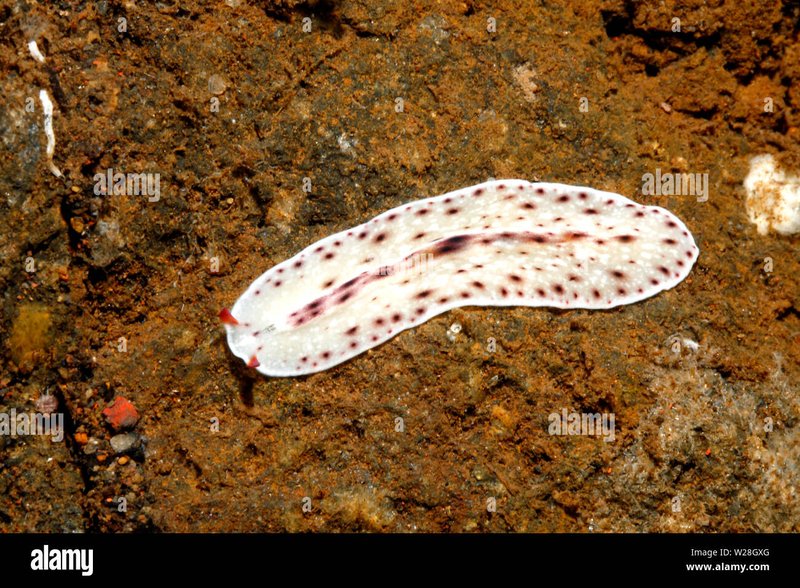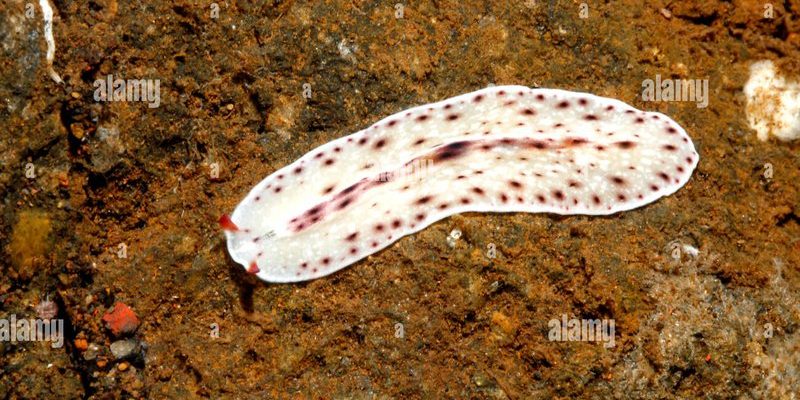
Imagine sitting in a cozy café, sipping your favorite brew, and discussing how these slimy, flat creatures adapt to changing temperatures and conditions. That’s what we’re diving into here. Understanding how flatworms behave differently as the seasons change can help researchers – and curious minds like yours – grasp larger patterns in nature.
So grab your favorite mug, and let’s explore the life of flatworms and how we can monitor them throughout the year.
What Are Flatworms?
Flatworms, or *Platyhelminthes*, are soft-bodied invertebrates that can be found in various environments, from oceans to freshwater lakes and even on land. They come in two main types: free-living flatworms, like planarians, and parasitic flatworms, such as tapeworms.
Here’s a fun fact: unlike more complex animals, flatworms have a simple body structure. They lack a circulatory system, which means they rely on diffusion to move nutrients and gases around. Picture them as tiny, squishy adventurers, navigating their world without the need for complex organs.
Monitoring flatworm activity allows scientists to observe how these creatures interact with their environment. Their presence is often a sign of ecosystem health, making them an important focus for environmental research.
The Importance of Seasonal Monitoring
So, why bother tracking flatworm activity through the seasons? Well, each season brings unique challenges and opportunities for these critters. Changes in temperature, light, and food availability can significantly influence their behavior and populations.
During spring, for example, flatworms might emerge from dormancy as temperatures rise, leading to increased feeding and reproduction. This flurry of activity is essential for population growth.
On the other hand, winter might see flatworms burrowing into the sediment or slowing down their metabolism to survive the cold. By monitoring these changes, we can gain insight into broader ecological patterns and even predict how ecosystems will respond to climate change.
Methods for Monitoring Flatworms
Now that we understand the importance of monitoring flatworm activity, let’s chat about how to do it effectively. There are various methods researchers use, but here are some of the most common:
- Field Surveys: Regular visits to habitats where flatworms are known to live allow scientists to observe changes in populations and behaviors. This hands-on approach can yield valuable data.
- Environmental Sampling: Collecting water samples or sediment can help researchers identify flatworm presence based on environmental DNA (eDNA) analysis. This method is non-invasive and can provide insights into the diversity of flatworm species.
- Temperature Loggers: These devices measure and record temperature changes over time, helping scientists correlate flatworm activity with environmental conditions.
By combining these methods, researchers can paint a detailed picture of flatworm life throughout the year.
Spring: Emergence and Activity Peaks
Spring is often a thrilling time for flatworm enthusiasts and researchers alike. As the weather warms, flatworms become more active, emerging from their winter hideouts.
During this season, you might notice flatworms engaging in constant movement, potentially searching for food or mates. This surge in activity can lead to a spike in population numbers. It’s a bit like watching flowers bloom after a long winter—everything feels fresh and alive!
Monitoring flatworm populations in spring is crucial for establishing baseline data that can be compared with other seasons. By keeping an eye on their numbers and behavior, researchers can assess overall ecosystem health and identify any early signs of environmental change.
Summer: Feeding Frenzy and Growth
As temperatures continue to rise, flatworms enter their prime feeding season. Warm weather brings a greater abundance of food, such as smaller invertebrates, which means flatworms can grow quickly.
During summer, researchers will often monitor flatworm populations for signs of reproductive activity. Many flatworms are hermaphroditic, meaning they have both male and female reproductive organs. This duality allows them to reproduce more efficiently when resources are plentiful.
However, with the perks of summer also come challenges. Increased competition for resources and potential predation can impact flatworm survival rates. Monitoring their activity during this time helps researchers understand how they adapt and thrive despite these pressures.
Fall: Preparation for Winter
As summer gives way to fall, flatworms begin to sense the changes in their environment. You might think of them as preparing for a long journey—they know winter is coming.
During this season, flatworms may start to slow their activity and seek shelter. Many will burrow into the substrate or seek out nooks and crannies to conserve energy. This behavior is essential for survival as resources dwindle and temperatures drop.
Monitoring flatworm behavior in fall provides valuable insights into how they prepare for the harsh winter months. Observations during this time are essential for understanding their life cycle and ecosystem dynamics.
Winter: Dormancy and Resilience
Winter can be a tough time for flatworms. Many species go dormant, retreating into the sediment or hidden spots to survive the cold. As a researcher, this is an interesting time to observe the resilience of flatworms and their adaptations for survival.
During winter, monitoring flatworm activity can be a challenge. Cold temperatures can drastically reduce their movements and feeding, making them harder to track. Yet, it’s still possible to gather valuable data by examining sediment samples or studying any signs of activity.
Understanding how flatworms cope with winter stresses helps scientists predict their responses to climate change and other environmental pressures, ensuring that we keep an eye on these remarkable organisms, even in their quietest months.
Monitoring flatworm activity across the seasons isn’t just about observing a small creature; it’s about understanding the delicate balance of ecosystems. From their bustling spring awakenings to their quiet winter dormancy, flatworms offer a window into the health of their environments.
By tracking these fascinating animals year-round, researchers can help illuminate broader ecological patterns and responses to change. So the next time you think about taking a closer look at flatworms, remember: they’re not just squiggly shapes in the water; they’re indicators of a thriving ecosystem and essential players in the story of our natural world.

